Filter by

Great Plains Regional Technical Input Report
Prepared for the 2013 National Climate Assessment and a landmark study in terms of its breadth and depth of coverage, Great Plains Technical Input Report is the result of a collaboration among numerous local, state, federal, and nongovernmental agencies to develop a comprehensive, state of the art look at the effects of climate change on the eight states that encompass the Great Plains region.
- Edition
- -
- ISBN/ISSN
- 978-1-59726-429-7
- Collation
- XX, 196
- Series Title
- -
- Call Number
- 658 STE g

Great Plains Regional Technical Input Report
Prepared for the 2013 National Climate Assessment and a landmark study in terms of its breadth and depth of coverage, Great Plains Technical Input Report is the result of a collaboration among numerous local, state, federal, and nongovernmental agencies to develop a comprehensive, state of the art look at the effects of climate change on the eight states that encompass the Great Plains region.
- Edition
- -
- ISBN/ISSN
- 978-1-59726-429-7
- Collation
- XX, 196
- Series Title
- -
- Call Number
- 658 STE g
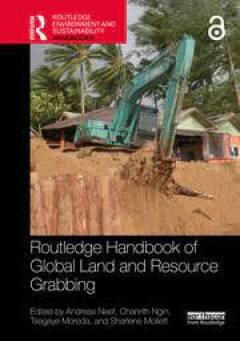
Routledge Handbook of Global Land and Resource Grabbing
This handbook provides a cutting-edge, comprehensive overview of global land and resource grabbing. Global land and resource grabbing has become an increasingly prominent topic in academic circles, among development practitioners, human rights advocates, and in policy arenas. The Routledge Handbook of Global Land and Resource Grabbing sustains this intellectual momentum by advancing methodologi…
- Edition
- -
- ISBN/ISSN
- 9781000902358
- Collation
- -
- Series Title
- -
- Call Number
- -
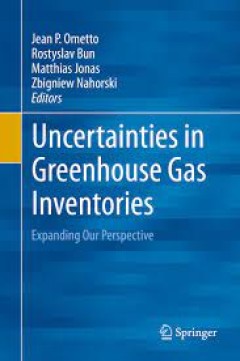
Uncertainties in Greenhouse Gas Inventories Expanding Our Perspective
This book is based on the 2014 Special Issue 124(3) of Climatic Change. It brings together 16 key papers presented at, or produced, subsequent to the 2010 (3rd) International Workshop on Uncertainty in Greenhouse Gas (GHG) Inventories. The Workshop was jointly organized by the Lviv Polytechnic National University, Ukraine; the Systems Research Institute of the Polish Academy of Sciences; and th…
- Edition
- -
- ISBN/ISSN
- 978-3-319-15901-0
- Collation
- -
- Series Title
- -
- Call Number
- -
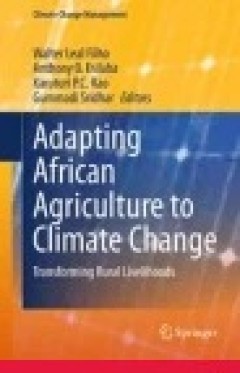
Adapting African Agriculture to Climate Change: Transforming Rural Livelihoods
This book summarizes the evidence from different African countries about the local impacts of climate change, and how farmers are coping with current climate risks. The different contributors show how agricultural systems in developing countries are affected by climate changes and how communities prepare and adapt to these changes.
- Edition
- Ed. 1
- ISBN/ISSN
- 978-3-319-13000-2
- Collation
- XI, 233
- Series Title
- Climate Change Management
- Call Number
- 551.6 ADA a
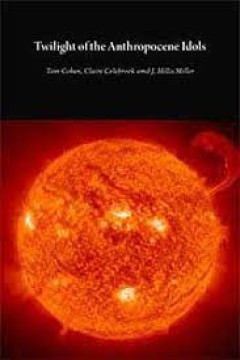
Twilight of the Anthropocene Idols
Following on from Theory and the Disappearing Future, Cohen, Colebrook and Miller turn their attention to the eco-critical and environmental humanities’ newest and most fashionable of concepts, the Anthropocene. The question that has escaped focus, as “tipping points” are acknowledged as passed, is how language, mnemo-technologies, and the epistemology of tropes appear to guide the accele…
- Edition
- -
- ISBN/ISSN
- 9781785420160
- Collation
- -
- Series Title
- -
- Call Number
- -
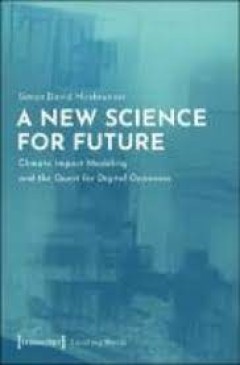
A New Science for Future Climate Impact Modeling and the Quest for Digital O…
Building on concepts from Science & Technology Studies, Simon David Hirsbrunner investigates practices and infrastructures of computer modeling and science communication in climate impact research. The book characterizes how scientists calculate future climate risks in computer models and scenarios, but also how they circulate their insights and make them accessible and comprehensible to others…
- Edition
- -
- ISBN/ISSN
- 9783839452653
- Collation
- -
- Series Title
- -
- Call Number
- -
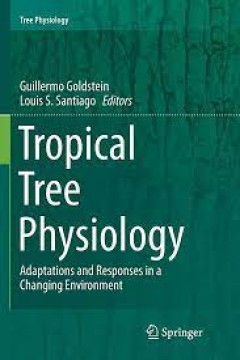
Tropical Tree Physiology Adaptations and Responses in a Changing Environment
This book presents the latest information on tropical tree physiology, making it a valuable research tool for a wide variety of researchers. It is also of general interest to ecologists (e.g. Ecological Society of America; > 3000 or 4000 members at annual meeting), physiologists (e.g. American Society of Plant Biologists; > 2,000 members at annual meeting), and tropical biologists (e.g. Associa…
- Edition
- -
- ISBN/ISSN
- 978-3-319-27422-5
- Collation
- -
- Series Title
- -
- Call Number
- -

Transitions to Sustainability
This book calls for the conditions of transition to sustainability: How to take into consideration new global phenomena such as and of the dimension of climate change, the depletion of natural resources, financial crises, demographic dynamics, global urbanization, migrations and mobility, while bearing in mind short-term or local place-based issues, such as social justice or quality of life? Me…
- Edition
- -
- ISBN/ISSN
- 978-94-017-9532-6
- Collation
- -
- Series Title
- -
- Call Number
- -
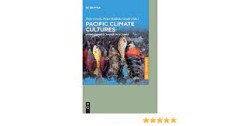
Pacific Climate Cultures Living Climate Change in Oceania
This edited volume examines the opportunities to think, do, and/or create jointly afforded by digital storytelling. The contributors discuss digital storytelling in the context of educational programs, teaching anthropology, and ethnographic research involving a variety of populations and subjects that will appeal to researchers and practitioners engaged with qualitative methods and pedagogies …
- Edition
- -
- ISBN/ISSN
- 9783110591415
- Collation
- -
- Series Title
- -
- Call Number
- -
 Computer Science, Information & General Works
Computer Science, Information & General Works  Philosophy & Psychology
Philosophy & Psychology  Religion
Religion  Social Sciences
Social Sciences  Language
Language  Pure Science
Pure Science  Applied Sciences
Applied Sciences  Art & Recreation
Art & Recreation  Literature
Literature  History & Geography
History & Geography